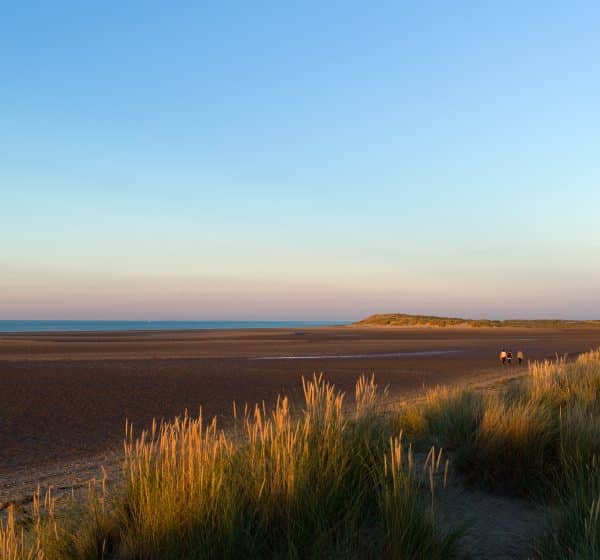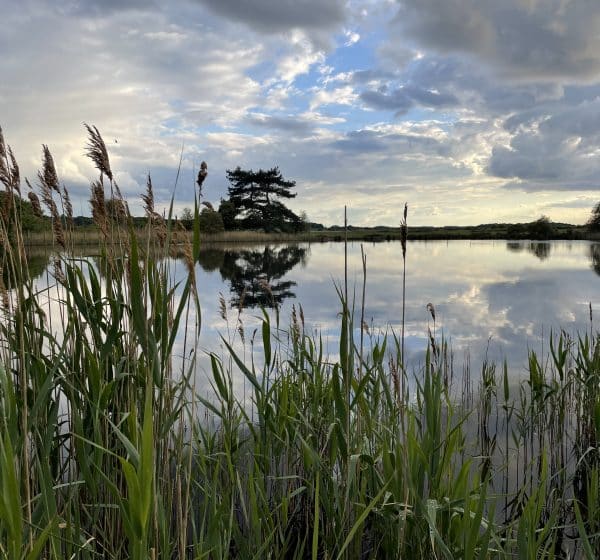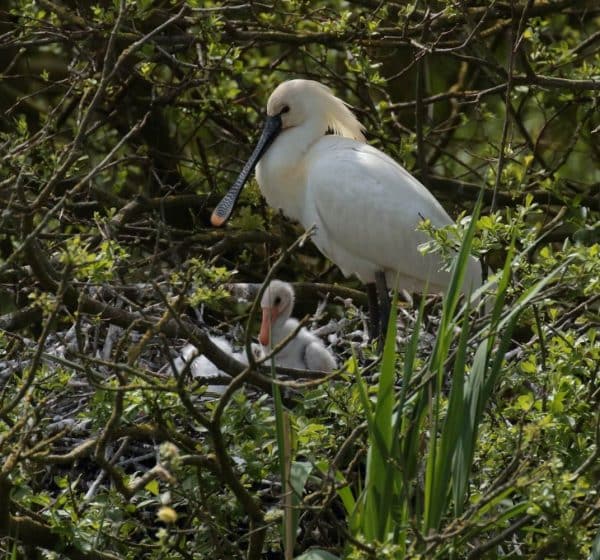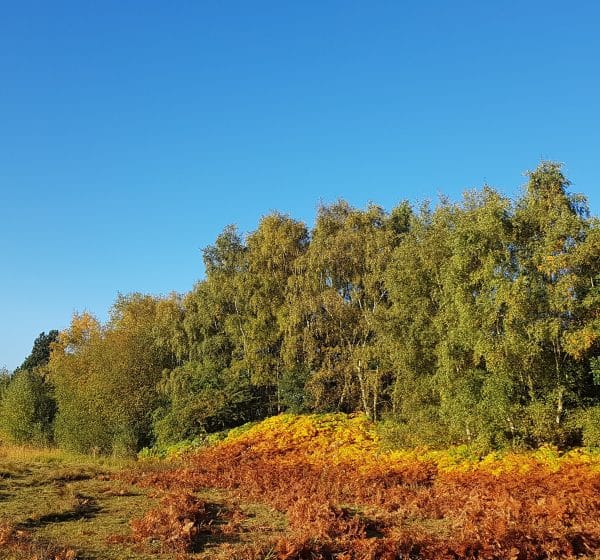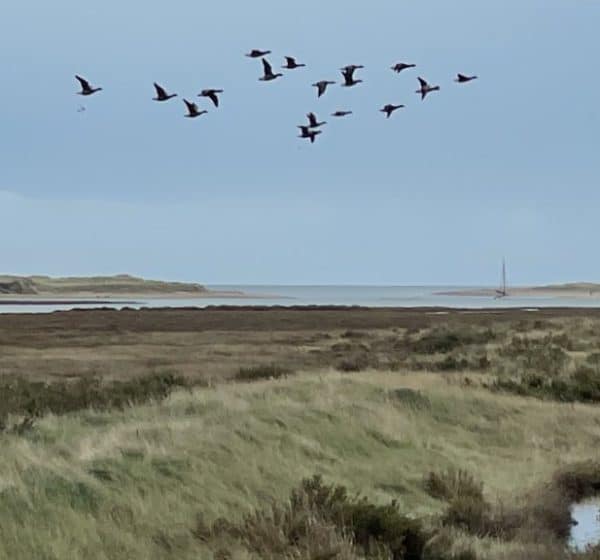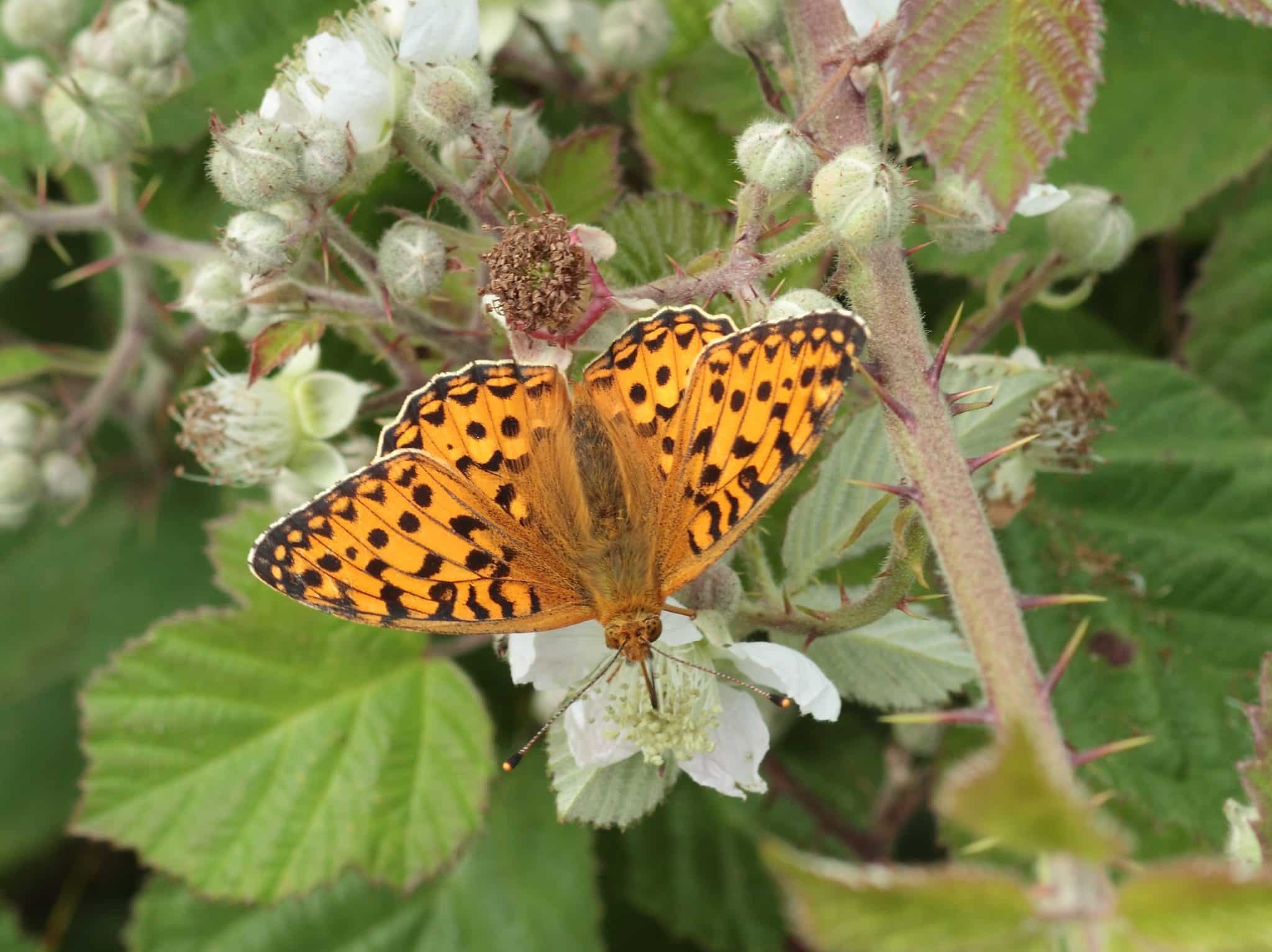
Holkham National Nature Reserve Locations
West end of the Pines
From water’s edge to treetopwe’re taking care
This is one of the best views on the Holkham Estate. The 360 view across the nature reserve looking look over the grazing marshes to the south, west over the dunes towards Gun Hill, north the beach and east over the pines.
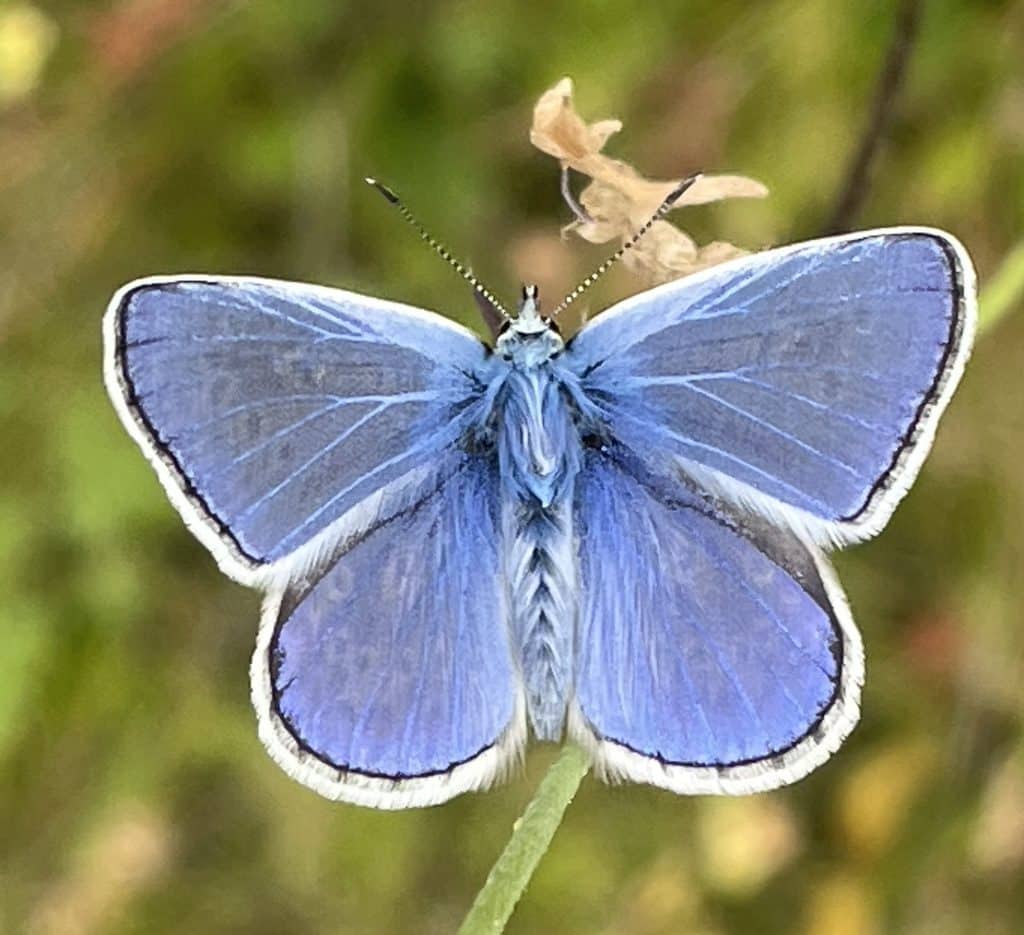

The privet (small fragrant white flowers) and brambles alongside ragwort make an excellent nectar source for insects. Watch out for feeding butterflies such Peacocks, Whites and many species of bee on sunny days.
Beyond the wire fence you might be lucky enough to see our small herd of konik ponies grazing the edge of the dunes. Grazing is a vital part of our management for the rare natterjack ponds that inhabit the pools along the edge of the dunes.
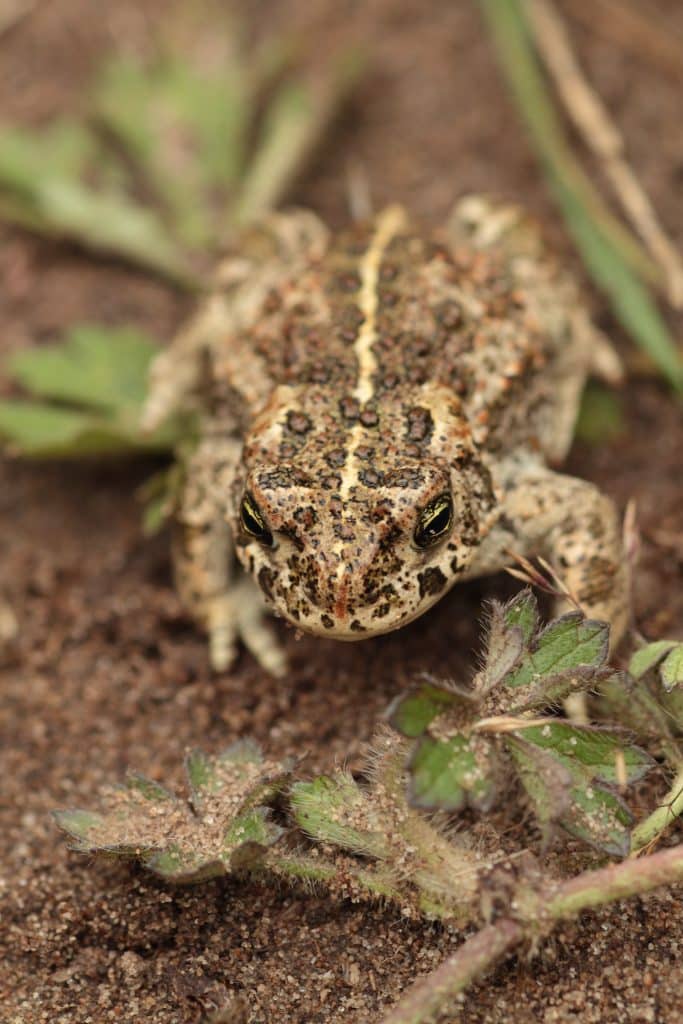
Beyond the wire fence you might be lucky enough to see our small herd of konik ponies grazing the edge of the dunes. Grazing is a vital part of our management for the rare natterjack ponds that inhabit the pools along the edge of the dunes.

